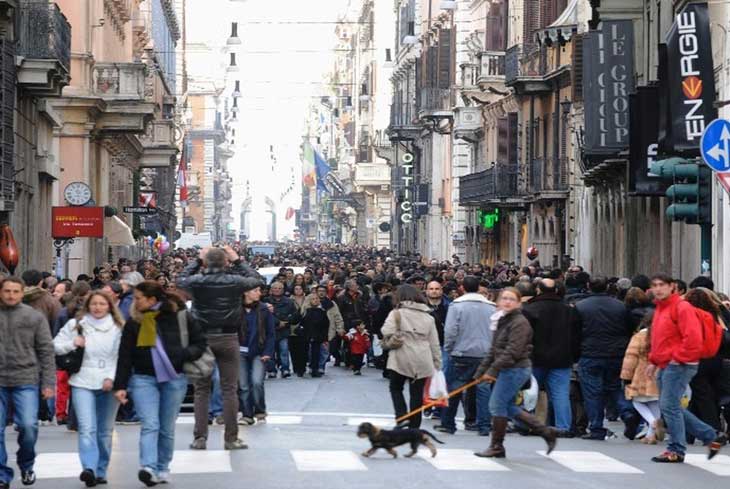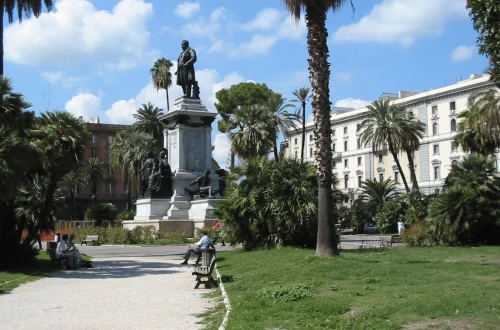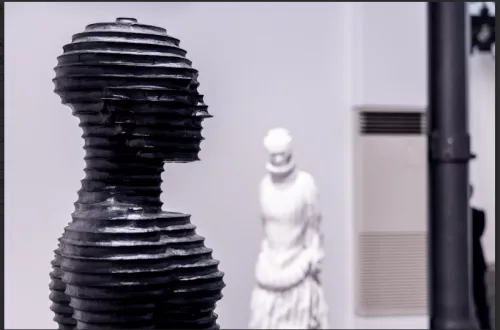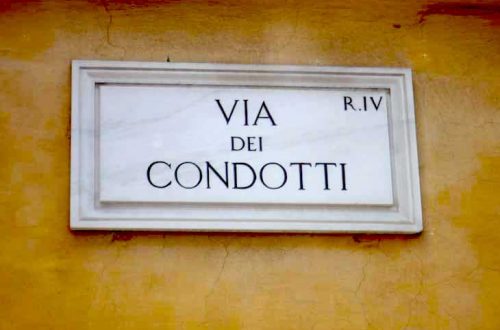
Via del Corso Rome, history and modern days.
Via del Corso is one of the most famous and historically significant streets in Rome, Italy. It is located in the heart of the city and has a rich history that dates back to ancient times. Here’s an overview of its history and its significance in modern days:
Historical Significance:
- Ancient Rome: The street’s origins can be traced back to ancient Rome when it was known as “Via Lata” or “Via Flaminia.” It was one of the main roads that connected Rome to the rest of Italy.
- Middle Ages: During the Middle Ages, the street underwent changes and was often used for processions and festivals.
- Renaissance and Baroque Eras: In the Renaissance and Baroque periods, many aristocratic families built grand palaces along the street. These palaces are still visible today and are a testament to the street’s historical importance.
- Shopping and Commerce: Via del Corso has a long history of being a bustling commercial center. Over the centuries, it has been a hub for various types of shops and markets.
- Political Demonstrations: The street has also played a role in Italy’s political history. It has been a site for numerous political demonstrations and protests.
Modern Days:
- Shopping Destination: Today, Via del Corso is one of Rome’s premier shopping streets. It is lined with a wide variety of shops, boutiques, and department stores. It’s a popular destination for both locals and tourists looking to shop for fashion, accessories, and more.
- Tourism: The street’s central location makes it a prime attraction for tourists. Many tourists visit Via del Corso not only for shopping but also to admire the historic architecture and soak in the vibrant atmosphere.
- Festivals and Events: The street hosts various events and festivals throughout the year, such as parades, fashion shows, and cultural exhibitions.
- Architectural Landmarks: Via del Corso is flanked by numerous architectural landmarks, including the Palazzo Chigi (the official residence of the Prime Minister of Italy), the Column of Marcus Aurelius, and the Church of Saint Catherine of Siena.
- Pedestrian Zone: In recent years, the city of Rome has taken steps to make Via del Corso more pedestrian-friendly by limiting car traffic, which has improved the overall atmosphere and safety for pedestrians.
- Dining and Entertainment: In addition to shopping, there are plenty of restaurants, cafes, and bars along the street where visitors can enjoy Roman cuisine and the vibrant nightlife.
To mention some of the brands that are on Via del Corso we can see Zara, Apple, Armani Exchange, H&M, Gap, and many more.
Via del Corso is not just a shopping street; it’s a vibrant and historically rich part of Rome that beautifully blends the old with the new. Its historical significance, combined with its modern-day appeal, makes it a must-visit location for anyone exploring the city.
![]()




